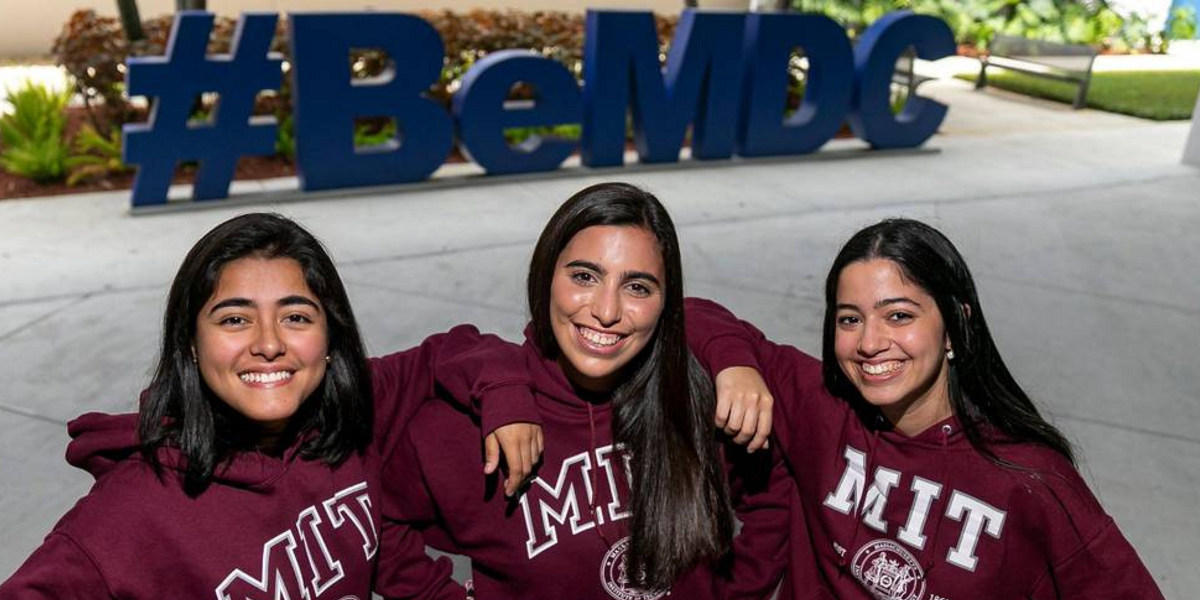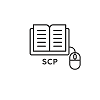
The Massachusetts Institute of Technology, commonly known as MIT, is consistently ranked among the top five universities globally. This year, it tied for 4th place in the US News and World Report’s National Universities ranking and achieved the #1 spot in economics and business worldwide according to Times Higher Education.
In the 2021/2022 admission cycle, MIT accepted only 3.96% of applicants, making the acceptance rate extremely competitive. Despite this, we are here to guide you through the process!
This guide will cover all you need to know about the MIT application, including important deadlines, required materials, what admissions officers look for, and tips to make your application stand out.
Key Info for the MIT Application
It’s crucial to be well-prepared with all necessary information and materials before you start your MIT application.
Where to find the MIT application: The application is available here and opens each August.
How to submit the MIT application: After completing it, submit by clicking “Submit.” SAT/ACT scores and your official transcript must be sent directly to MIT.
When to submit the MIT application: Knowing the deadlines is essential. MIT offers early action and regular action submissions. Below are key deadlines for each:
Early Action
- November 1: Application parts 1 and 2, two letters of recommendation, secondary school report with high school transcript
- November testing date: Standardized test scores
- February 15: February Updates & Notes Form, financial aid materials (optional)
Regular Action
- January 5: Application parts 1 and 2, two letters of recommendation, secondary school report with high school transcript
- December testing date: Standardized test scores
- February 15: February Updates & Notes Form, financial aid materials (optional)
If applying for early action, complete parts 1 and 2, send your transcript and recommendations by November. The November SAT can still be taken. Regular action applicants need to submit everything by January 5, with standardized tests taken by December. Early action decisions come in mid-December, and regular action decisions by April 1.
Should You Apply Early Action or Regular Action?
MIT offers two application cycles but states no preference between them. Early action slightly improves acceptance chances, though many early applicants get deferred to regular action. Apply early if you can meet the deadline without stress.
How to Apply to MIT
Follow these six steps to complete your MIT application:
- Create a MyMIT Account: Start by creating an account on the MIT application portal, which takes just a few minutes.
- Complete the Online Application: This involves filling out biographical info, academic history, activities, employment, awards, and writing three short essays. Include details about your extracurriculars and academic records, and enter information about your teachers who will provide recommendations.
- Submit Your Secondary School Report and Test Scores: Send your official high school transcript and SAT/ACT scores to MIT.
- Ask for Two Teacher Recommendations: Request recommendations from one math/science teacher and one humanities/language teacher through your MIT account.
- Set Up and Complete an Interview: Interviews are highly recommended. After application submission, an Educational Counselor (an MIT alum) will contact you to schedule an interview.
- Submit Supplementary Materials (Optional): If you have additional portfolios or materials, such as in fine arts or research, you can submit these separately.
- Submit February Updates and Notes Form: For early action admits and regular action applicants, submit this form by February 15th to update MIT on your fall semester grades and spring classes.
MIT Application Checklist
- Complete the online MIT Application
- Two letters of recommendation
- SAT/ACT scores (if applicable)
- Secondary school report and transcript
- February Updates & Notes Form (due in February)
- $75 application fee
How to Excel in Key Sections of the MIT Application
To stand out, focus on these areas:
- High School Transcript: Aim for top grades in advanced classes, especially in math and science.
- Standardized Test Scores: Aim for high scores, preferably in the 75th percentile of admitted students.
- Letters of Recommendation: Choose teachers who know you well and can highlight your strengths with specific examples.
- MIT Essays: Write four short essays that showcase your personality, values, and fit for MIT.
- Extracurriculars: Demonstrate passion and leadership in activities related to your interests and potential major.
Recap: MIT Application
Given MIT’s low acceptance rate, your application must be outstanding. Make sure to meet all deadlines, provide comprehensive information, and excel in all key areas: transcript, test scores, recommendations, essays, and extracurriculars. By doing so, you maximize your chances of joining MIT’s prestigious community.
Related Articles:
- Step-by-Step Guide to Gaining Admission to Harvard University
- Johns Hopkins University Scholarships: Funding Your Education
- Easiest Route to Migrate to Canada as an African








